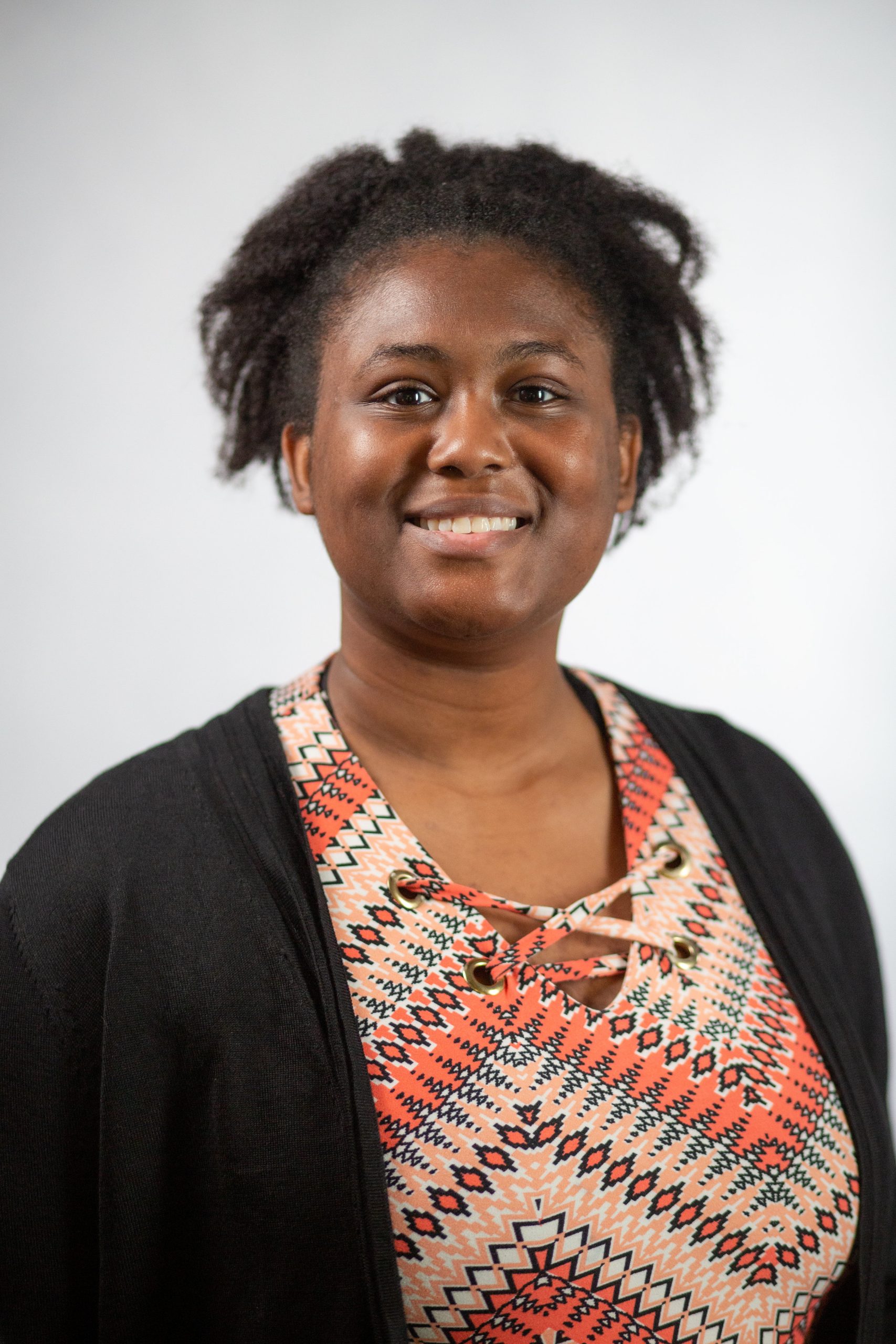
Portage Life: Regional Health Systems and Crossroads Chamber recognize Mental Health Awareness Month at Business After Hours event
May 28 2024

Progress may sometimes seem gradual, but change is indeed underway. The representation of women in the medical profession in the United States is steadily increasing.
As we celebrate Women’s History Month in March, it’s an apt time to reflect briefly on the journey so far and ponder the future trajectory. Dr. Dasia McClain, a psychiatry resident at Regional Health Systems, embodies this future path.
First, the brief history.
Men have dominated medicine for thousands of years, but women in small numbers may have been working as doctors as far back as 3000 B.C.E. (or B.C.) Evidence indicates that a woman, whose name is unknown, ran a medical school in Egypt at that time and that a female doctor known as Merit-Ptah, the first female doctor known by name in world history, was the chief physician of the royal court of Egypt in about 2700 B.C.E.
Centuries later, the first woman to receive a medical degree in the U.S. was Elizabeth Blackwell, who enrolled at Geneva Medical College in New York after working as a teacher in the 1830s and overcoming numerous medical school rejections. Even after her acceptance—which reportedly was a practical joke—Blackwell faced persistent discrimination and obstacles yet managed to earn the respect of her classmates and professors.
Upon graduating first in her class in 1849, she struggled to find a practice before opening her own clinic providing care to indigent women. In 1868, she opened a medical college in New York City.
Shortly after Blackwell graduated from medical school, Rebecca Lee Crumpler moved to Charlestown, Massachusetts and began working as a nurse. In 1860, she was admitted to the New England Female Medical College and graduated four years later—the first African-American woman in the U.S. to earn an M.D.
Crumpler’s extensive career included caring for freed slaves in Richmond, Virginia after the Civil War, when she and other Black physicians endured fierce racism.
More women in medical school=more women physicians
Nearly 160 years later, McClain is wrapping up her second year of residency at Regional Health Systems, practicing medicine at a historic time that bodes well for the future of women in the field.
In 2021, the latest year of data from the Association of American Medical Colleges, more than 37 percent of the physician workforce was women, up from 28.3 percent in 2007. Other research shows that women are increasingly likely to be medical school professors and presidents of medical associations.
That encouraging trend is emerging because the number of women medical school students in the U.S. is growing. AAMC reported that 2019 marked the first year that a majority of U.S. medical school students were female. By 2023, women were 54.6 percent of all U.S. medical school students, according to AAMC data released in December of that year.
“As the increasing numbers of female medical school student graduate,” AAMC reported in its 2020 Physician Specialty Data Report, “the percentage of female physicians in the workforce should rise even more.”
A cultural change has begun
McClain’s journey as a Black woman in medicine began in high school in Indianapolis, where she considered going into teaching then was drawn to the role of therapist—largely because she had an aptitude for talking through her friends’ struggles and offering solutions.
She became interested in psychology. Then her mother suggested psychiatry because, McClain recalled, psychiatrists receive training in medicine and mental health, while psychologists concentrate on mental health only.
That choice resonated with McClain, especially because she views her mother as one of her personal heroes.
After earning her bachelor’s degree at Fisk University, McClain enrolled in Meharry Medical College and started her residency at Regional Health Systems in June of 2022.
She recalled that her medical school class was “possibly 70 percent women” and that she didn’t experience gender discrimination personally in medical school. Professionally, she said, a wage gap remains between men and women physicians and the culture in medicine still has unrealistic expectations for women—that they should be able to handle extraordinarily demanding work schedules and be the primary manager of their home and family lives.
“I think it’s just a matter of time,” McClain said, “as more women move into the field. But a change of culture has to occur. Are the expectations for physicians reasonable, and with reasonability comes a greater flexibility. That greater flexibility benefits everyone but women in particular.”
She said she sees her future as practicing psychiatry in outpatient settings and handling more general conditions such as depression and anxiety.
“I seem to relate well with those patients,” she said, “and they seem to work well with me.”
The field of medicine overall is shifting to patient-centered care—giving patients choices instead of telling them what to do, McClain said.
“And, as more women move into medicine, I believe that there will be more acculturation to some of those needs that typically become centered on women,” she said, “such as having a fair maternity leave and, in turn, hopefully, better paternity leave for their partners.”
When she thinks about women studying medicine today, as she was a few short years ago, McClain said she wants to underscore that it is challenging.
“It may be harder than you think it is,” she said, “but it is not impossible. There are always barriers but understanding your own capability, your own tenacity and resiliency—just understanding yourself as a person—will take you so far.
“Everyone has natural gifts,” McClain said, “and they will come into play in your practice.”

May 28 2024

Feb 15 2024